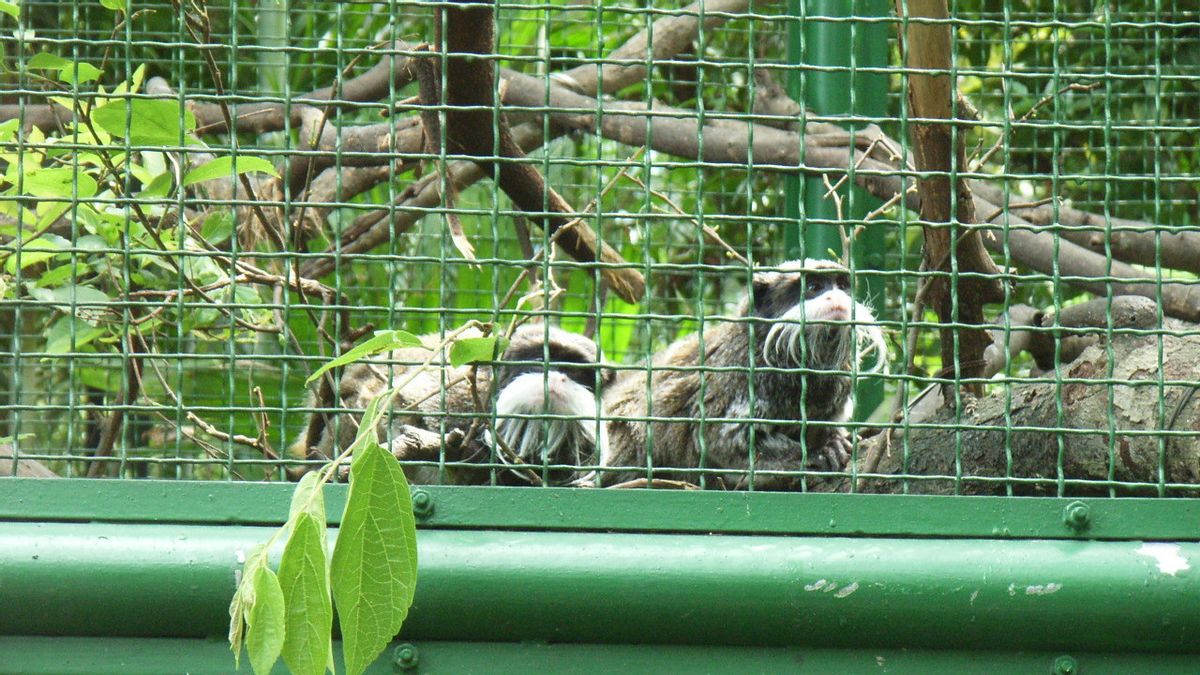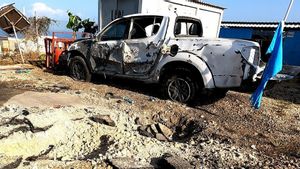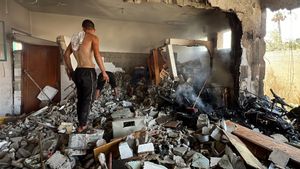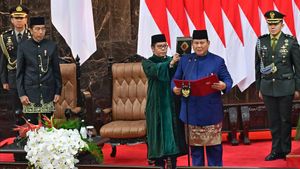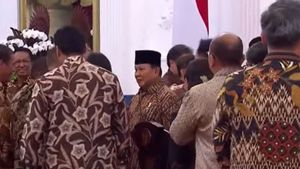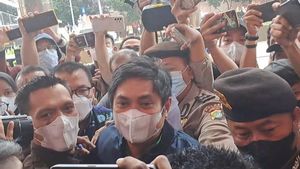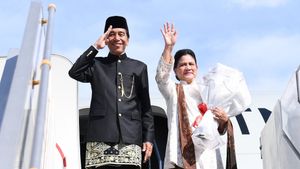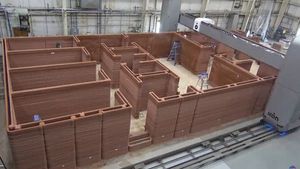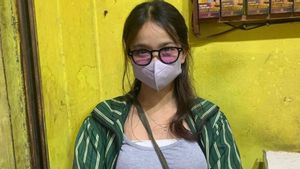JAKARTA - Authorities said the melioidosis, bacterial infection, was responsible for the deaths of at least nine monkeys at the Hong Kong zoo, while two other monkeys died over the weekend, bringing the total to 11 in the past week.
Some of the zoos, which were built in 1860 and are Hong Kong's oldest park, have remained closed since October 14 when authorities reported the first wave of monkey deaths.
Placed in five separate cages, dead monkeys including the De Brazza species as well as one ordinary squirrel monkey, cotton-toped Latino and white-faced saki monkeys, quoted from Reuters, October 21.
Authorities said nine monkeys died from sepsis after contracting transoidosis. The autopsy found a large number of bacteria that cause transoidosis in monkey organs, which may come from soil near monkey habitats, they said.
Further tests are needed to determine the cause of death of the last two monkeys.
Meanwhile, Minister of Culture and Tourism Kevin Yeung told local broadcaster RTHK the work at the zoo required excavation of the soil near where the monkeys live.
Workers are then believed to have brought contaminated soil into the cage through their shoes, he said.
"We have temporarily closed all parts of the mammal, so there will be no contact between ordinary residents and the animals," he said.
SEE ALSO:
Bacteria are very common in damp clay. Although they can affect humans and animals, these bacteria cannot be transmitted from animals to humans, authorities say.
It is known that the zoo, located just above the city's financial center and near the government building, houses about 158 birds, 70 mammals and 21 reptiles in about 40 cages.
The English, Chinese, Japanese, Arabic, and French versions are automatically generated by the AI. So there may still be inaccuracies in translating, please always see Indonesian as our main language. (system supported by DigitalSiber.id)
